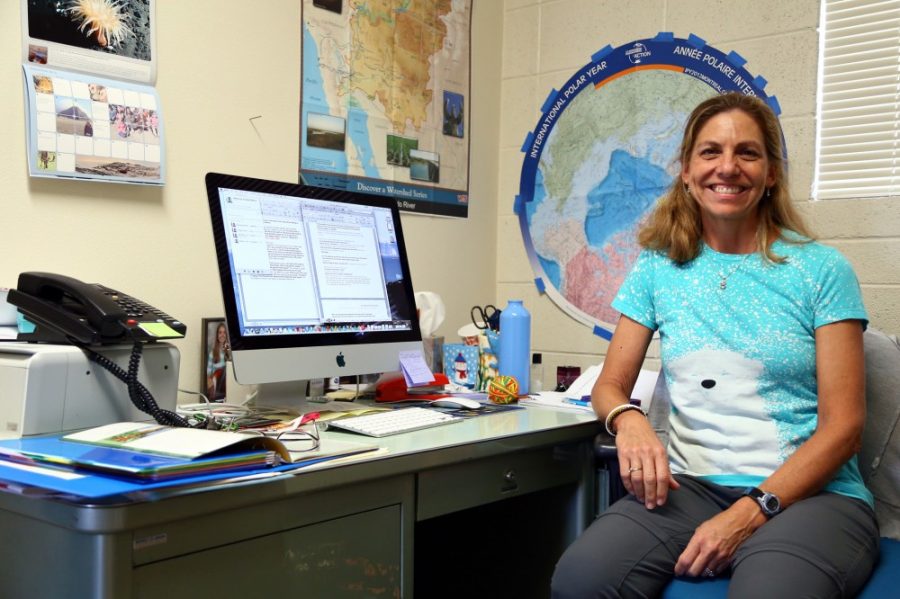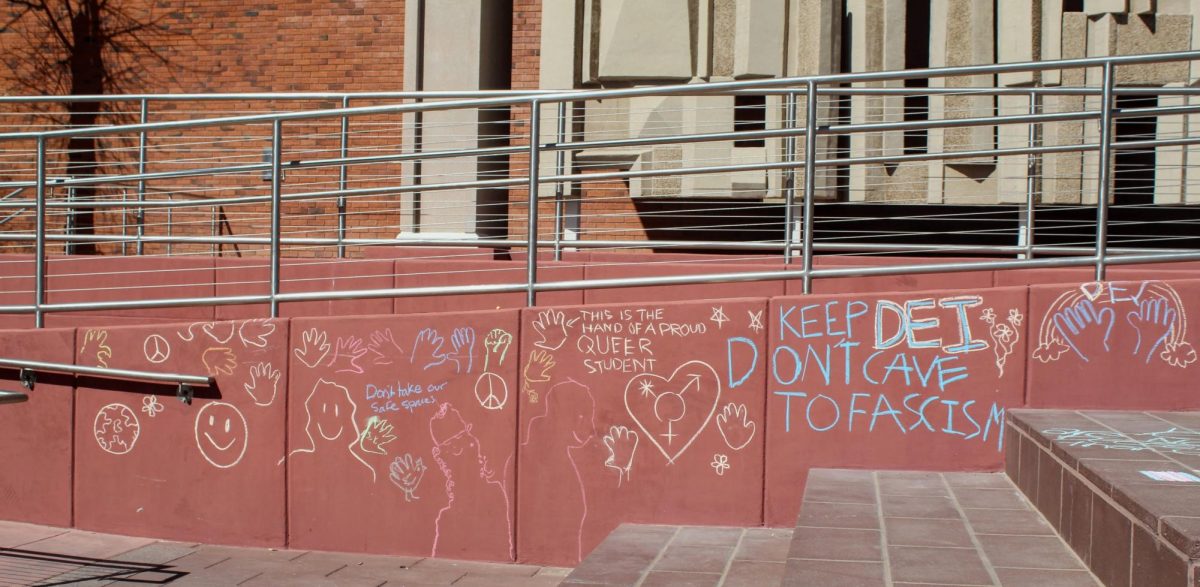A UA employee spent part of her summer researching water in the Arctic Ocean.
Betsy Wilkening, program coordinator for the UA’s Arizona Project Water Education for Teachers, traveled to the Arctic as a member of the Grosvenor Teacher Fellow Program. Wilkening and Grosvenor Fellows visited Greenland and Nunavut, Canada from Aug. 9 to 26.
The program is part of National Geographic Education and is designed to award teachers the opportunity to experience scientific phenomena firsthand, with the intention of bringing them back to their hometowns with new knowledge they can share.
“The objective is to have gone out into the Arctic so they can come back and share what’s going on in the region, like the climate change, and be able to convey that back to the public,” said Julie Brown, project manager of the National Geographic Education Department.
The application process was competitive, according to Crystal Thiele, a fifth grade teacher from New York City, who earned a spot on the ship.
“They only take 14 teachers,” Thiele said. “Most of the people that get in are in the science field.”
The group saw polar bears, observed sea ice and were able to see the Northern Lights.
“It was so beautiful, that’s why I never wanted to sleep,” Wilkening said. “One of the things I really enjoyed doing was learning about the ice … the ice is changing. We’re going into sea ice minimum.”
Wilkening said she also had the opportunity to use her teaching skills while on the ship.
“If some guests are kids, you help educate them,” Wilkening said. “Another goal is to learn … and gather information to bring back to your students. I learned from the naturalists on board about all the wildlife. We had historians on board that taught us some history on the region.”
Thiele worked alongside Wilkening and collaborated with her at the training session held in Washington D.C.
“We did some research. We took a water sample. We interviewed the crew about different jobs. We took tundra hikes [and] learned about plant adaptations,” Thiele said. “Since we were on the National Geographic Explorer, there were a lot of geographers on board. All these people were resources that we used to gather information to bring back.”
While at the training session, Brown said she was able to get to know Wilkening.
“She is lovely. She is very smart and very motivated,” Brown said. “She is a great advocate for students to understand more about the importance of polar regions.”
Wilkening, a UA alumna, graduated with a degree in chemical engineering. She eventually moved into teaching, focusing on environmental and water-related issues. She taught science at Wilson K-8 School then returned to the UA where she runs the water education program.
“I think … I’ve always wanted to do something with environmental stewardship,” Wilkening said. “Water is so important here in Arizona, so that’s a big form of it. I want to challenge teachers and students to develop solutions.”









